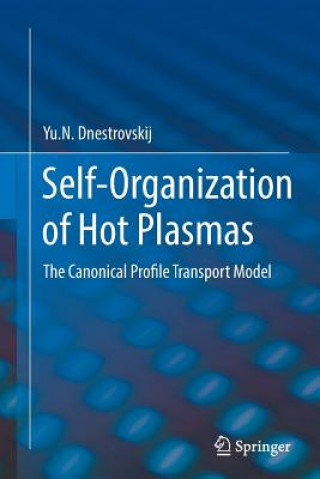
Kód: 14277544
Self-Organization of Hot Plasmas
Autor Yu. N. Dnestrovskij
In this monograph the author presents the Canonical Profile Transport Model or CPTM as a rather general mathematical framework to simulate plasma discharges. The description of hot plasmas in a magnetic fusion device is a very ch ... celý popis
- Jazyk:
 Angličtina
Angličtina - Vazba: Brožovaná
- Počet stran: 134
Nakladatelství: Springer International Publishing AG, 2016
- Více informací o knize

Mohlo by se vám také líbit
Darujte tuto knihu ještě dnes
- Objednejte knihu a zvolte Zaslat jako dárek.
- Obratem obdržíte darovací poukaz na knihu, který můžete ihned předat obdarovanému.
- Knihu zašleme na adresu obdarovaného, o nic se nestaráte.
Více informací o knize Self-Organization of Hot Plasmas
Nákupem získáte 329 bodů
 Anotace knihy
Anotace knihy
In this monograph the author presents the Canonical Profile Transport Model or CPTM as a rather general mathematical framework to simulate plasma discharges. The description of hot plasmas in a magnetic fusion device is a very challenging task and many plasma properties still lack a physical explanation. One important property is plasma self-organization. It is very well known from experiments that the radial profile of the plasma pressure and temperature remains rather unaffected by changes of the deposited power or plasma density. The attractiveness of the CPTM is that it includes the effect of self-organization in the mathematical model without having to recur to particular physical mechanisms. The CPTM model contains one dimensional transport equations for ion and electron temperatures, plasma density and toroidal rotation velocity. These equations are well established and in fact are essentially a reformulation the laws of energy, particle and momentum conservation. But the expressions for the energy and particle fluxes, including certain critical gradients, are new. These critical gradients can be determined using the concept of canonical profiles for the first time formulated in great detail in the book. This concept represents a totally new approach to the description of transport in plasmas. Mathematically, the canonical profiles are formulated as a variational problem. To describe the temporal evolution of the plasma profiles, the Euler equation defining the canonical profiles is solved together with the transport equations at each time step. The author shows that in this way it is possible to describe very different operational scenarios in tokamaks (L-Mode, H-Mode, Advanced Modes, Radiating Improved Modes etc...), using one unique principle. The author illustrates the application of this principle to the simulation of plasmas on leading tokamak devices in the world (JET, MAST, T-10, DIII-D, ASDEX-U, JT-60U). In all cases the small differences between the calculated profiles for the ion and electron temperatures and the experimental is rather confirm the validity of the CPTM. In addition, the model also describes the temperature and density pedestals in the H-mode and non steady-state regimes with current and density ramp up. The proposed model therefore provides a very useful mathematical tool for the analysis of experimental results and for the prediction of plasma parameters in future experiments.
 Parametry knihy
Parametry knihy
Zařazení knihy Knihy v angličtině Mathematics & science Physics Materials / States of matter
3289 Kč
- Plný název: Self-Organization of Hot Plasmas
- Podnázev: The Canonical Profile Transport Model
- Autor: Yu. N. Dnestrovskij
- Jazyk:
 Angličtina
Angličtina - Vazba: Brožovaná
- Počet stran: 134
- EAN: 9783319357119
- ISBN: 3319357115
- ID: 14277544
- Nakladatelství: Springer International Publishing AG
- Hmotnost: 321 g
- Rozměry: 235 × 155 × 8 mm
- Datum vydání: 17. September 2016
Oblíbené z jiného soudku
-
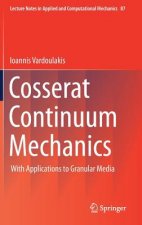
Cosserat Continuum Mechanics
2189 Kč -

Quantum Field Theory for the Gifted Amateur
1351 Kč -
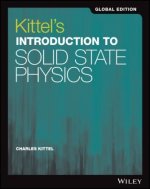
Kittel's Introduction to Solid State Physics
1834 Kč -

Quantum Field Theory for the Gifted Amateur
2863 Kč -
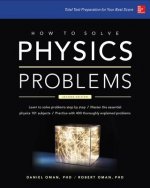
How to Solve Physics Problems
813 Kč -

Condensed Matter Physics 2e
4673 Kč -
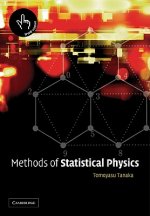
Methods of Statistical Physics
1691 Kč -
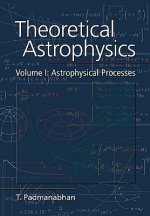
Theoretical Astrophysics: Volume 1, Astrophysical Processes
3186 Kč -

Many-Body Quantum Theory in Condensed Matter Physics
3084 Kč -

Condensed Matter Field Theory
3105 Kč -

Electronics for Guitarists
1410 Kč -

Structure Analysis by Small-Angle X-Ray and Neutron Scattering
3970 Kč -

Basics of Crystallography and Diffraction
1990 Kč -

Plasma Physics and Fusion Energy
2792 Kč -

Phase Change Materials
6640 Kč -
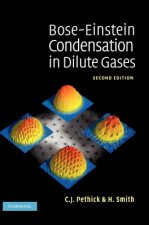
Bose-Einstein Condensation in Dilute Gases
3308 Kč -

Space Physics
2250 Kč -

Introduction to the Atomic and Radiation Physics of Plasmas
2222 Kč -

Basic Aspects of the Quantum Theory of Solids
2308 Kč -

Science and Engineering of Casting Solidification
2699 Kč -

Optical Properties of Solids
1264 Kč -

Solid Propellant Rockets
1161 Kč -

Ultracold Atoms in Optical Lattices
3727 Kč -
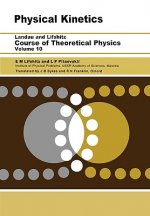
Physical Kinetics
1702 Kč -

Tokamaks
12540 Kč -
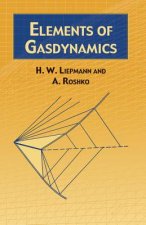
Elements of Gas Dynamics
615 Kč -
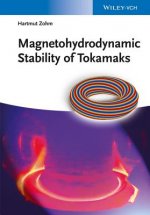
Magnetohydrodynamic Stability of Tokamaks
4061 Kč -

Principles of Plasma Diagnostics
2859 Kč -

Electrochemistry at Semiconductor and Oxidized Metal Electrodes
4266 Kč -

Solid State Physics
2277 Kč -

Turbulent Transport in Magnetized Plasmas
6088 Kč -
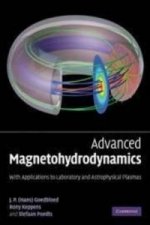
Advanced Magnetohydrodynamics
1988 Kč -
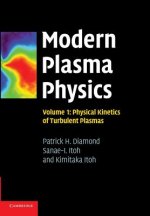
Modern Plasma Physics: Volume 1, Physical Kinetics of Turbulent Plasmas
1985 Kč -

Modern Classical Optics
1264 Kč -

Electron Backscatter Diffraction in Materials Science
7465 Kč -
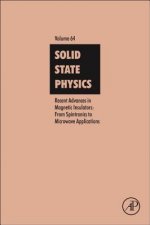
Recent Advances in Magnetic Insulators - From Spintronics to Microwave Applications
5771 Kč -
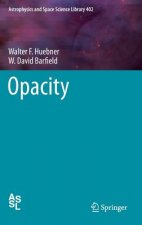
Opacity
9015 Kč -

Theory Of Toroidally Confined Plasmas, The (Third Edition)
2741 Kč -
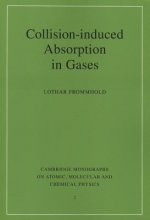
Collision-induced Absorption in Gases
2779 Kč -

Indispensable Truth
2634 Kč -
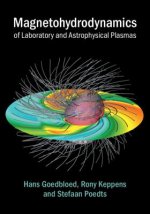
Magnetohydrodynamics of Laboratory and Astrophysical Plasmas
2818 Kč -

Confocal Raman Microscopy
7421 Kč -

Magnetism in Condensed Matter
1390 Kč -

String Theory Methods for Condensed Matter Physics
2723 Kč -

Principles of Laser Spectroscopy and Quantum Optics
3948 Kč -

Modern Introduction to Quantum Field Theory
1390 Kč -

Ab Initio Molecular Dynamics
1514 Kč -

Art of Molecular Dynamics Simulation
4150 Kč -

Optically Polarized Atoms
3268 Kč
Osobní odběr Praha, Brno a 12903 dalších
Copyright ©2008-24 nejlevnejsi-knihy.cz Všechna práva vyhrazenaSoukromíCookies







 Vrácení do měsíce
Vrácení do měsíce 571 999 099 (8-15.30h)
571 999 099 (8-15.30h)